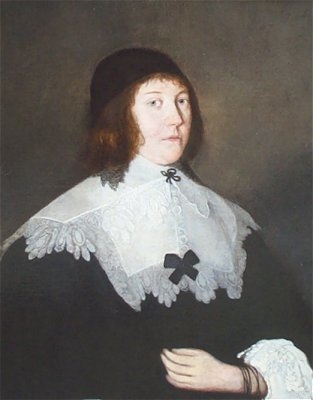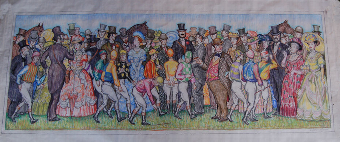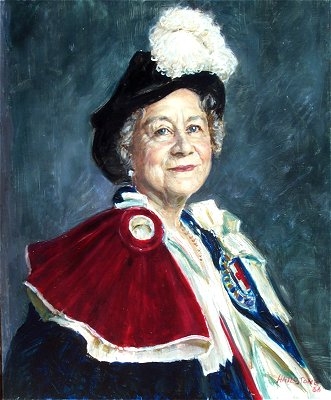dignity and impudence
- View other items in:
- antiques interior design modern and vintage
- other interior design
artware ltd
Enquire about this antique
Artware Ltd has 565 antiques for sale.
click here to see them all
The orginal painting hangs in the Tate Gallery.
Landseer became famous for his pictures of horses, dogs and stags, many of them later engraved by his brother Thomas Landseer. He also made a series of pictures of lions, mostly after having the opportunity to study the anatomy of a deceased specimen at Exeter Exchange in 1820, following a suggestion of Haydon. His earlier work was notable for its careful finish, but from the later 1820s, his pictures generally have a broader less detailed style. Often Landseer''s animal subjects have a sentimentality of treatment which today feels uncomfortable. As well, Landseer gave human attributes to his animals, sometimes indicated in the titles of the paintings, such as Alexander and Diogenes or Laying Down the Law. Having said all that, he remains without doubt one of the best English animal painters.
Landseer was important enough that most galleries with a representative collection of 19th Century British art will have something by him. There are several at the Tate Gallery, of which The Dying Stag is perhaps the most well-known, and a whole bunch in the Heny Cole Wingof the V & A. Also in London is Hunting in the Olden Times and other works at Kenwood House at the Wallace Collection. Wolverhampton andhas two further hunting scenes. His most familiar works are not paintings at all - the huge lions in Trafalgar Square, London.
Antiques.co.uk Ref: 78HBJYBU
- Materials:
- Oil on Canvas
- Width (cm):
- 41 x 51cm, (16.14 x 20.08)
Artware Ltd
Artware Fine Art specialises in fine antique, decorative and historical portraits and topographical pictures . We cover a period from the 17th and 18th centuries through to the 19th & 20th Centuries. We have over 150 portraits in stock, which can be viewed on our web site, each historical portrait has well researched biographical information both on the sitter and the artist.
Contact details
18 La gare
51 Surrey row
London
Greater London
SE1 0BZ
UNITED KINGDOM
T: 0207 921 97904
E: greg@artwarefineart.com
W: www.artwarefineart.com
Other antiques available from artware ltd
-
![Portrait of Agnes Thomson (died 1629), wife of John Toke (1559-1627),]() £5000.00
£5000.00portrait of agnes thomson (died 1629), wife of john toke ... Read more
-
![A crowd scene at Royal Ascot Ladies Day with Jockeys walking to the paddock]() £420.00
£420.00a crowd scene at royal ascot ladies day with jockeys walk... Read more
-
![A prospect of Sidmouth, looking west from the beach]() £220.00
£220.00a prospect of sidmouth, looking west from the beach Read more
-
![Portrait of HM Queen Elizabeth The Queen Mother (1900-2002)]() £5000.00
£5000.00portrait of hm queen elizabeth the queen mother (1900-2002) Read more














